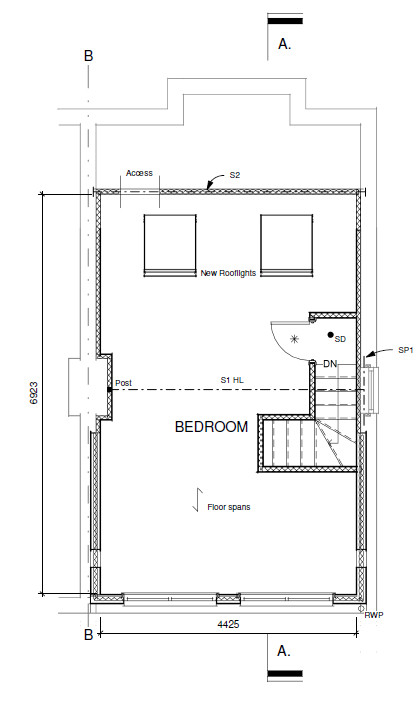johnfarris
Established Member
Hello Folks
I need to sister new common rafters along side existing ones and i am a little unsure on how to
configure it. The new rafters are 47 x 150 and the existing are 50 x 100m. If i cut a birdsmouth to suit the plate i would be taken more than a third out the rafter which obviously is a big no no. So do i move the plate forward to get over this? The pictures show some offcuts i used to figure out how much the plate would have to move forward which is exactly 80mm
Any suggestions, comments welcome

I need to sister new common rafters along side existing ones and i am a little unsure on how to
configure it. The new rafters are 47 x 150 and the existing are 50 x 100m. If i cut a birdsmouth to suit the plate i would be taken more than a third out the rafter which obviously is a big no no. So do i move the plate forward to get over this? The pictures show some offcuts i used to figure out how much the plate would have to move forward which is exactly 80mm
Any suggestions, comments welcome















